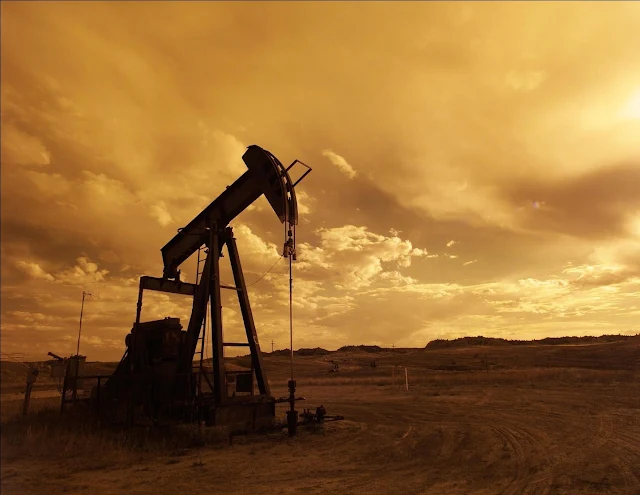Ad Code
Translate
Smart strategies for trading on crypto exchanges
October 20, 2025
Five Do’s For a Healthy Turnover That Bolsters Talent-Retention
October 20, 2025
Discover Honeybee Pharmacy (2025 Guide Important Consumer Tips)
October 14, 2025
What is Ozempic (semaglutide)? (Updated in 2025)
January 30, 2025
Posture Bra: Improving Back Support and Comfort
October 20, 2025
How To Find Suitable Properties In Cyprus?
October 20, 2025
10 Effective Strategies to Improve Domain Authority of Your Website
October 20, 2025
5 Necessary Steps For Oil Well Completion
Khabza Mkhize
August 05, 2024
- Do you want to start the oil industry and need more information on proper completion?
Open Hole Logging:
Open-hole logging is one of the most common types of logging done during or after a well's drilling. This kind of wireline logging helps in getting an accurate measurement of the first hole before cementing it. Many logging tools assist in collecting the data from the borehole. The borehole engineers Berkshire skillfully navigate the complexities of geological formations to extract vital resources deep beneath the Earth's surface.The measurements taken by logging tools concern porosity and resistivity in the downhole. Porosity measures the total volume of a well, while resistivity measures a material's ability to pass an electric current through it.
Open-hole logging gives valuable information about the type of soil, the presence of rocks, fluid type, and more under the ground.
Casing Of Hole:
The housing is essential to protect the excellent hole from collapsing and fluid contamination in the formation. The casing is a hollow steel pipe you insert in a wellbore to safeguard the superb stream from outside incumbents like sand and water.Cementing Of Downhole:
This is the next step after casing that you need to do for a quality oil well. Make a slurry of cement and water for fastening, then displace it down in the well's casing or tubing. This will provide support to the wellbore's housing and save the casing from corrosion and fluid shock loads.Cased Hole Logging:
Cased hole logging services measure suitable formations and fluid properties after wellbore cementing, providing operators with additional information about completed wells.Further, this includes perforating the casing and cementing wall of the wellbore to allow hydrocarbons to enter the excellent stream. Bullets from the perforation gun or jets can be fired into the casing, and the casing can be perforated.
Gravel Pack:
Sometimes, the well needs a filtration system to keep the fresh fluid free from sand. Along with casing, gravel packing prevents the sand from entering the excellent stream. With proper design and installation, the gravel packing ensures the long-term performance of the oil well. It requires a slurry of appropriately sized pieces of coarse sand or gravel to put into the well between the slotted area of the casing and the sides of the wellbore.Proper completion requires special tools and professionals because only professionals know how to dig to get to the oil well. You must take all the downhole measurements carefully to get accurate results. Your efforts and professional help to dig oil well will benefit you in many ways.
Featured Post
DL Mining Launches Ethereum Contract Participation Service, Helping Users Earn $2K Stable Daily Returns
Zizo Gala-Mkhize-
October 20, 2025
Soapie Teasers
Sister Sites
Most Popular
List of 6,000+ Dofollow Commentluv Blogs FREE (Updated 2025)
January 16, 2025
Five Do’s For a Healthy Turnover That Bolsters Talent-Retention
October 20, 2025
How To Choose The Right Place For A Winter Campsite
March 06, 2023
Popular posts
List of 6,000+ Dofollow Commentluv Blogs FREE (Updated 2025)
January 16, 2025
Five Do’s For a Healthy Turnover That Bolsters Talent-Retention
October 20, 2025
How To Choose The Right Place For A Winter Campsite
March 06, 2023
Footer Menu Widget
Created By Blogspot Theme | Distributed By Gooyaabi Templates


Social Plugin